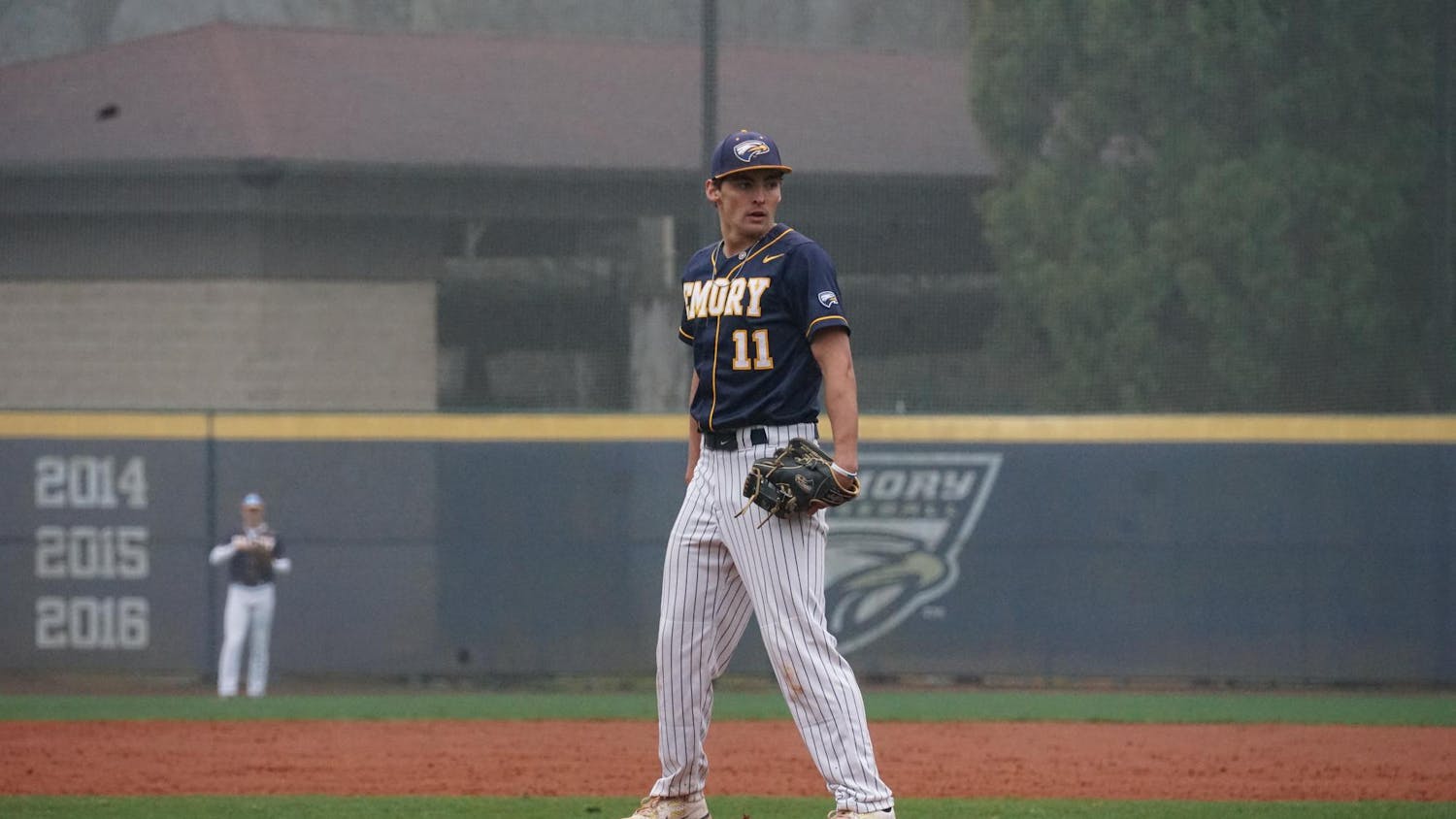There are many rules in the NFL that simply make sense. For example, running or passing the ball into the end zone results in a touchdown; kicking the ball through the goalposts after a touchdown is an extra point; sacking a player inside of their end zone is a safety; throwing an interception or fumbling the ball results in a turnover. The list goes on.
Yet among these rules are many that have been altered throughout the history of the NFL, and others that just seem illogical. There’s the “Tuck Rule,” which was changed in 2013, 11 seasons after it was notoriously used to overturn a fumble by then-New England Patriots quarterback Tom Brady in the 2001 AFC divisional playoff round and ultimately handed the game to the Patriots. The rule stated that if a player was moving the ball forward, even when tucking it into their body, any fumble arising during that forward motion would be ruled as an incomplete pass. The league later concluded that the rule made no sense, and it was taken out of the rule books.
More recently, the rules defining a catch were simplified in 2018 after years of confusion and controversy, and the rules banning certain celebrations were relaxed in 2017 after being far too strict.
To this day, however, there remains perhaps the most confusing rule in the NFL: if a runner fumbles the ball out of the back of the opponent's end zone, a touchback is awarded to the other team. In other words, the ruling is a turnover and the other team gets the ball at the 20-yard line.
Any Cleveland Browns fan who watched their AFC divisional playoff game against the Kansas City Chiefs on Jan. 17 should be painfully aware of this rule. As Browns wide receiver Rashard Higgins dove for the endzone, the ball was knocked out of his hands — with what some believe was an illegal helmet to helmet hit — and went out of the back of the end zone. At first, a sigh of relief might have escaped from fans because the ball went out of bounds and the other team didn’t recover it. Then the rule came into play. Instead of scoring a touchdown or gaining possession where the fumble occurred, the Browns lost the football, a touchdown and momentum going into halftime. They eventually lost the game 17-22.
From potential TD to touchback ?
— ESPN (@espn) January 17, 2021
(via @NFLBrasil) pic.twitter.com/in0mtlXC38
What’s even more confusing about the rule is that it appears at odds with other fumbling rules. If a player fumbles the ball forward and out of bounds anywhere else on the field, their team gets the ball back where it was fumbled. But for some reason, the NFL rule book states, “if a ball is fumbled in the field of play, and goes forward into the opponent’s end zone and over the end line or sideline, a touchback is awarded to the defensive team.”
Yes, that’s the real NFL rule. If you fumble, and the ball goes out of bounds at the 1-yard line, it’s still your ball where you lost it, because the other team never got possession. But what if it rolls forward just 1 yard further and out of the end zone? Then it’s the opponent's ball.
When this rule came into play in the playoffs this season, players and fans immediately took to Twitter to voice their frustrations. Perhaps the worst part of Higgins’ fumble is that it was not an isolated incident. This rule has been plaguing the league for years.
In 2016, an article on NFL.com described it as “the league's worst, most nonsensical rule” after a fumble out of the back of the end zone caused the Baltimore Ravens to lose by six points against the Washington Football Team. Just a year later, the rule appeared in another close game when New York Jets tight end Austin Sefarian-Jenkins lost possession of the football for a brief moment as he carried it into the end zone. The play was initially ruled a touchdown, but upon review, it was overturned and replaced with a touchback for the New England Patriots. The Jets ended up losing the game by seven.
Jets TD reversed to a touchback after this is ruled a fumble out of the end zone. What a weird play pic.twitter.com/6nyHgbNCq3
— Pete Blackburn (@PeteBlackburn) October 15, 2017
Every offseason, the NFL competition committee reviews many of the rules that caused controversy in the prior season. Gut instinct screams that this fumble-to-touchback rule plainly makes no sense, and in 2018, when the rule finally came under review by the committee, fans were hoping that the rule would be altered. Instead, Competition Committee Chairman Rich McKay stated that they “did not believe it merited a proposal” for change due to the fact that it was so uncommon.
McKay’s reasoning, like the rule itself, makes little to no sense. Just because the rule is applied infrequently does not mean its fallibility should be ignored, and it does not mean that it should be immune to adjustment. The mere fact that it happens at all should be enough to merit a change.
Instead of this rule, the NFL should apply the exact same rule that applies everywhere else on the field when a team fumbles the ball. Teams can also be punished by being sent back to the 20-yard line. Hopefully, the call in the recent Browns game will finally draw enough attention to change this egregious rule.










